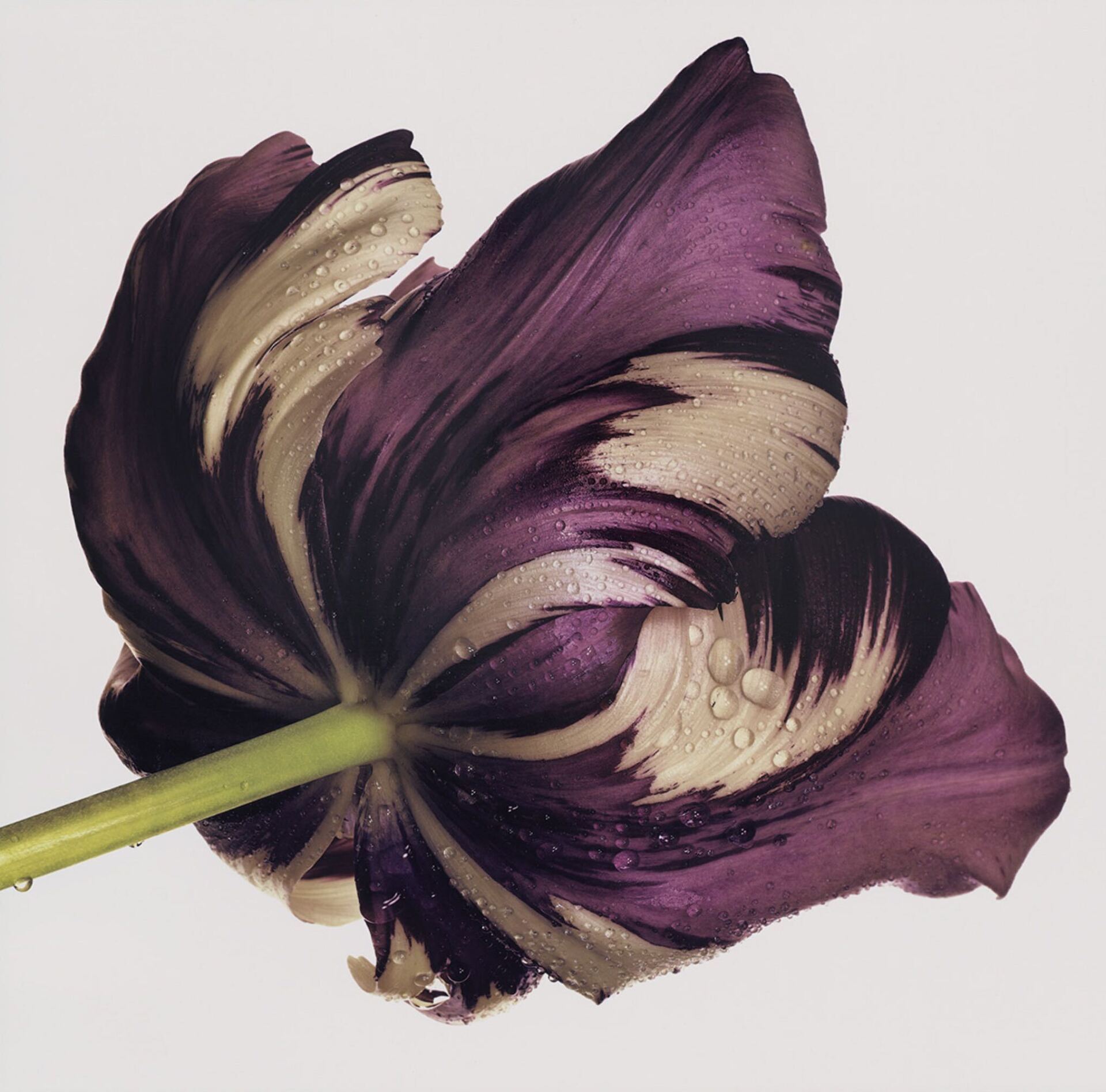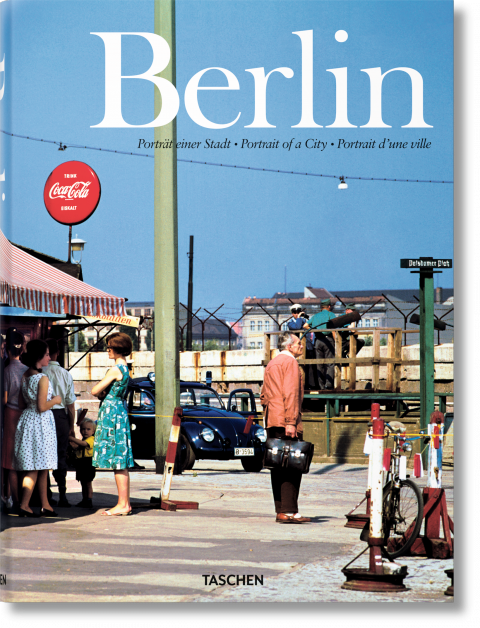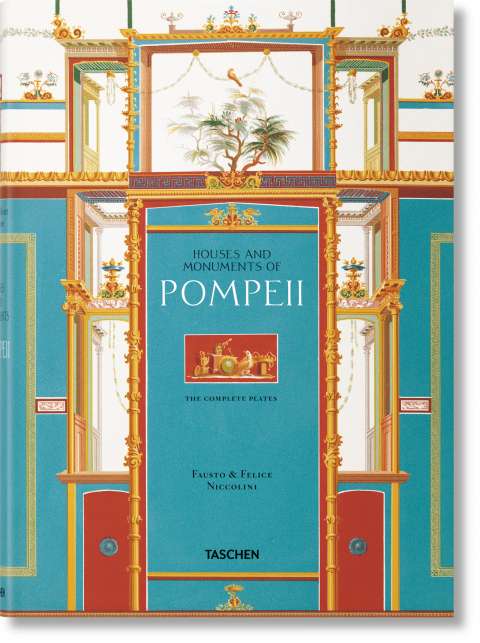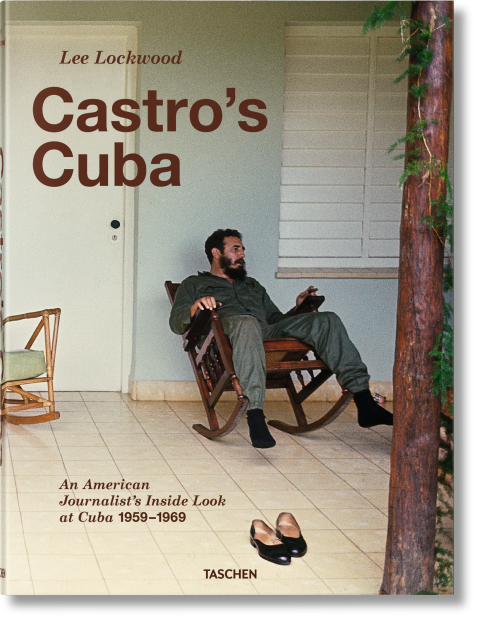Art Calendar / Art, 13 August 2022
Michael Pinsky, The Final Bid to Save the Planet.
A manifesto for the reuse of objects
The new exhibition in the Draiflessen Collection
German version of the interview below

Final Bid Drawings from Michael Pinsky ©Michael Pinsky
Düsseldorf, 13 August 2022: British artist Michael Pinsky and the Draiflessen Collection, the museum of the C&A family, are looking for chairs for their new exhibition, the installation „The Final Bid“. Alethea Magazine finds out what this action by the environmental artist and activist is all about in this interview.
The Final Bid is a world premiere. Michael Pinsky was actually planning to exhibit his world-famous Pollution Pods, an installation where visitors can experience different polluting smells from around the world in different rooms, such as the day-to-day polluting air in central London. Due to the museum's fire alarm system, this was not possible, which is why the Pollution Pods are now placed outside the museum. For the museum itself, Michael Pinsky has come up with a completely new, experimental project - Mettingen will see a world premiere - and the artist is very excited to see how people will react to it.
For "The Final Bid", chairs are being sought, which will then be used to build a chair installation. The chairs are being sold during the exhibition and then taken away afterwards. The artist refers here to the ecological crisis; the overproduction and overconsumption of consumer goods. "The Final Bid" is the last bid to save the planet.
In his interview, Michael Pinksy also addresses the history of Mettingen, whose prosperity stems from the tradition of traders. His artwork was also conceived with trade in mind, and in keeping with the tradition of its founders, something is not only shown, but offered for sale.
C&A confronts overconsumption
It is also a special sign that the Draiflessen Collection Museum is showing this project, given that C&A's history is based on trade, which has its share in the ecological crisis.
----------
Michael Pinsky, The Final Bid auf die Rettung des Planeten
Ein Manifest für die Wiederverwendung von Gegenständen
Für die neue Ausstellung, die Installation, „The Final Bid“, suchen der britische Künstler Michael Pinsky und die Draiflessen Collection, das Museum der C&A Familie, Stühle. Was es mit dieser Aktion des Umweltkünstlers und Aktivisten auf sich hat, davon erfährt Alethea Magazine in diesem Interview.
Es handelt sich bei „The Final Bid“ um eine Weltpremiere. Michael Pinsky plante eigentlich, seine weltbekannten Pollution Pods auszustellen, eine Installation, bei der die Besucher in verschiedenen Räumen unterschiedliche umweltverschmutzende Gerüche aus der ganzen Welt erleben können, wie z.B. die tagtägliche verschmutzende Luft in der Londoner Innenstadt. Wegen des Feueralarmsystems des Museums war dies nicht möglich, weshalb die Pollution Pods nun vor dem Museum aufgestellt sind. Für das Museum selbst hat sich Michael Pinsky ein völlig neues, experimentelles Projekt ausgedacht - Mettingen wird eine Weltpremiere erleben - und der Künstler ist sehr gespannt, wie Menschen darauf reagieren werden.
Für „The Final Bid“ werden Stühle gesucht, aus denen dann eine Stuhl Installation gebaut wird. nach Abbau der Installation haben die Besucher die Möglichkeit, den Stuhl zu kaufen, der ihnen am besten gefällt. Der Künstler bezieht sich hier auf die ökologische Krise; die Überproduktion und den Überkonsum von Gebrauchsgütern. „The Final Bid“ ist das letzte Gebot zur Rettung des Planeten.
Michael Pinksy geht in seinem Interview auch auf die Geschichte Mettingens ein, dessen Wohlstand aus der Tradition von Händlern herrührt. Seine Kunstwerk wurde auch unter dem Aspekt des Handels konzipiert, und ganz in der Tradition seiner Gründer wird nicht nur etwas gezeigt, sondern zum Verkauf angeboten.
C&A stellt sich dem Überkonsum
Es ist auch ein besonderes Zeichen, dass die Draiflessen Collection Museum dieses Projekt zeigt, basiert doch die Geschichte von C&A auf Handel, der seinen Anteil an der ökologischen Krise hat.
German version of the interview below.

British artist Michael Pinsky ©Michael Pinsky
Alethea Magazine: Mr Pinsky, I am very curious. Have the first chairs arrived yet and how is the whole thing going?
Michael Pinsky: The museum sent me pictures of chairs and I know they probably have 50 chairs now. It's already a good selection and there are some fun ones. Hopefully people will want to buy them later.
Alethea Magazine: How many chairs does the artwork need and what stage of the project are you at now?
Michael Pinsky: We need about 160-170 chairs for the artwork, but also a few more because some chairs are not well suited. The museum has advertised online so far - when they go door to door on the street they will probably get more chairs.
The first part of the project will be in mid-September when I go to the museum to choose the chairs. In October we will start the artwork properly. In the run-up, we have done the big technical part of the work with all the drawings and planning. Next week I'll travel to Cologne to inspect the suspension devices and the winches for pulling up the chairs.
Alethea Magazine: How did you meet the people from the Draiflessen Collection?
Michael Pinsky: Another artist brought my work to their attention; I didn't know them at all. They wanted to work with an artist who was concerned with the environment and climate change. We initially wanted to show my Pollution Pods, but we couldn't because of the very sophisticated fire alarm system in the museum. So they suggested showing them outside the museum, but then the museum would have been empty inside.
So I had to come up with another idea for inside the museum. "The Final Bid" is new and experimental. Apart from the technical aspects, it's a question of how people will interact with it. How will visitors react to the chairs and will they eventually buy them?

Final Bid Drawings from Michael Pinsky ©Michael Pinsky

Final Bid Drawings from Michael Pinsky ©Michael Pinsky

Final Bid Sketch Book by Michael Pinsky ©Michael Pinsky
The last bid for the planet
Alethea Magazine: What is the name "The Final Bid" all about?
Michael Pinsky: In auctions there is "The Final Bid". But the other thing is that we are at the point of ecological collapse if we don't do something incredibly soon and incredibly dramatically. So, it is also the last bid for the planet.
Alethea Magazine: And what role does Draiflessen, as one of the largest clothing retailers in Germany, play in all this?
Michael Pinsky: I am interested in the history of Mettingen. The town's wealth is based on selling things; more than 70 % of the inhabitants were sellers. They came from a peasant culture, travelled in Holland with textiles and lace. Soon they realised that they made more money doing this than working in the fields.
My artwork is also about the service of selling things. We don't just show something, we also sell it - but in this case nothing new, but something that already exists.
The reuse of objects is very important for our future.
The reuse of objects is very important for our future. We have a culture where we get rid of our old chairs, which end up in a landfill. Then we buy new chairs, as well as computers, phones and kitchens and an increasing turnover of goods that is not sustainable.
Mettingen is an example of a sales culture, and that is what concerns C&A. You have some responsibility in terms of globalisation of goods. You move from things that are bought locally to things that are made on the other side of the world where labour is cheap.
In our time, people buy clothes for a party every other week. That was never the case in our history. The overconsumption of textiles has a huge impact on the environment.

Pollution Pods - White Night Melbourne ©Michael Pinsky

Pollution Pods by Michael Pinsky in Delhi©Thor Nielsen
Alethea Magazine: I am also interested in your Pollution Pods. There was also some criticism of this system - how did you solve this technically?
Michael Pinsky: I distilled water with diesel exhaust - the same with plastic, wood and rotten eggs. It was difficult however to keep the right smell strong enough continueously.
If you involve health and safety people, as in the case of Somerset House, you have to have certification, they need paperwork. It's ironic that I couldn't show London air pollution in the middle of London. I met a olfactory historian who writes about smells. She put me in touch with IFF - International Flavour and Fragrances, who have the largest chemical database in the world.
I broke down all the components and they made the smells. At first I used their diffusers, but they weren't tough enough, so I made my own.
99% of London does not meet World Health Organisation (WHO) recommended limits for PM2.5. There are a number of bills that parties are trying to get through at the moment to make the government responsible for clean air.
The German story in this respect is really bad. The German government has invested shares in all the car companies and there has always been an attempt to block any attempt to reduce emissions from engines. That's why the switch to electric vehicles took 20 years longer than it should have.
Alethea Magazine: I am very much looking forward to The Final Bid. Can I ask how your journey into the arts began?
Michael Pinsky: Right when I left school, I wanted to go to art school. I am also a musician and play the violin. Art is the most flexible of all cultural forms, I make films, installations, prints and all sorts of things. I've always been interested in the environment and I can do anything I want here in art.
Alethea Magazine: Dear Mr. Pinsky, thank you very much for this interview.
Deutsche Version des Interviews
13 August 2022

Example of a chair used for the exhibition
Draiflessen Collection - Michael Pinskys The Final Bid exhibition ©Michael Pinsky
Alethea Magazin: Herr Pinsky, ich bin sehr neugierig. Sind die ersten Stühle schon eingetroffen und wie läuft die ganze Sache?
Michael Pinsky: Das Museum hat mir Bilder von Stühlen geschickt und ich weiß, dass sie jetzt wahrscheinlich 50 Stühle haben. Es ist schon eine gute Auswahl, und es sind einige lustige Exemplare dabei. Hoffentlich werden die Leute sie später auch kaufen wollen.
Alethea Magazin: Wie viele Stühle werden für das Kunstwerk benötigt und in welchem Stadium des Projekts befinden Sie sich gerade?
Michael Pinsky: Wir brauchen etwa 160-170 Stühle für das Kunstwerk, aber auch ein paar mehr, weil einige Stühle nicht gut geeignet sind. Das Museum hat bisher online Werbung gemacht - wenn sie auf der Straße von Tür zu Tür gehen, werden sie wahrscheinlich mehr Stühle bekommen.
Der erste Teil des Projekts findet Mitte September statt, wenn ich ins Museum gehe, um die Stühle auszusuchen. Im Oktober werden wir dann mit der eigentlichen Arbeit beginnen. Im Vorfeld haben wir den großen technischen Teil der Arbeit mit allen Zeichnungen und Planungen erledigt. Nächste Woche fahre ich nach Köln, um die Aufhängevorrichtungen und die Winden zum Hochziehen der Stühle zu überprüfen.
Alethea Magazin: Wie haben Sie die Leute von der Sammlung Draiflessen kennengelernt?
Michael Pinsky: Ein anderer Künstler hat sie auf meine Arbeit aufmerksam gemacht; ich kannte sie überhaupt nicht. Sie wollten mit einem Künstler zusammenarbeiten, der sich mit der Umwelt und dem Klimawandel beschäftigt. Ursprünglich wollten wir meine Pollution Pods zeigen, aber das konnten wir wegen des sehr ausgeklügelten Feueralarmsystems im Museum nicht. Also schlugen sie vor, sie außerhalb des Museums zu zeigen, aber dann wäre das Museum innen leer gewesen.
Also musste ich mir eine andere Idee für das Innere des Museums ausdenken. "The Final Bid" ist neu und experimentell. Abgesehen von den technischen Aspekten geht es darum, wie die Menschen damit umgehen werden. Wie werden die Besucher auf die Stühle reagieren und werden sie sie schließlich kaufen?
Das letzte Gebot für den Planeten
Alethea Magazin: Was hat es mit dem Namen "Das letzte Gebot" auf sich?
Michael Pinsky: Bei Auktionen gibt es "Das letzte Gebot". Aber die andere Sache ist, dass wir am Punkt des ökologischen Zusammenbruchs sind, wenn wir nicht unglaublich bald und unglaublich dramatisch etwas tun. Es ist also auch das letzte Gebot für unseren Planeten.
Alethea Magazin: Und welche Rolle spielt Draiflessen als einer der größten Bekleidungshändler in Deutschland bei all dem?
Michael Pinsky: Ich interessiere mich für die Geschichte von Mettingen. Der Reichtum der Stadt basiert auf dem Verkauf von Dingen, mehr als 70 % der Einwohner waren Verkäufer. Sie kamen aus einer bäuerlichen Kultur, reisten in Holland mit Textilien und Spitzen herum. Bald merkten sie, dass sie damit mehr Geld verdienten als mit der Arbeit auf den Feldern.
In meiner Kunst geht es auch um die Dienstleistung, Dinge zu verkaufen. Wir zeigen nicht nur etwas, wir verkaufen es auch - aber in diesem Fall nichts Neues, sondern etwas, das bereits existiert.
Die Wiederverwendung von Gegenständen ist sehr wichtig für unsere Zukunft.
Die Wiederverwendung von Gegenständen ist für unsere Zukunft sehr wichtig. Wir haben eine Kultur, in der wir unsere alten Stühle loswerden, die dann auf einer Mülldeponie landen. Dann kaufen wir neue Stühle, ebenso wie Computer, Telefone und Küchen und einen zunehmenden Umsatz von Waren, der nicht nachhaltig ist.
Mettingen ist ein Beispiel für eine Verkaufskultur, und das ist es, was C&A betrifft. Sie haben eine gewisse Verantwortung, was die Globalisierung der Waren angeht. Man bewegt sich von Dingen, die vor Ort gekauft werden, zu Dingen, die am anderen Ende der Welt hergestellt werden, wo die Arbeitskräfte billig sind.
In unserer Zeit kaufen die Menschen alle zwei Wochen Kleidung für eine Party. Das war in unserer Geschichte noch nie der Fall. Der übermäßige Verbrauch von Textilien hat enorme Auswirkungen auf die Umwelt.
Alethea Magazin: Ich interessiere mich auch für Ihre Pollution Pods. Es gab auch einige Kritik an diesem System - wie haben Sie das technisch gelöst?
Michael Pinsky: Ich habe Wasser mit Dieselabgasen destilliert - dasselbe gilt für Plastik, Holz und faule Eier. Es war allerdings schwierig, den richtigen Geruch dauerhaft stark genug zu halten.
Wenn man Leute aus dem Bereich Gesundheit und Sicherheit einbezieht, wie im Fall des Somerset House, muss man sich zertifizieren lassen, sie brauchen Papierkram. Es ist schon ironisch, dass ich die Londoner Luftverschmutzung nicht mitten in London zeigen konnte. Ich habe eine Geruchshistorikerin getroffen, die über Gerüche schreibt. Sie brachte mich mit IFF - International Flavour and Fragrances - in Kontakt, die über die größte chemische Datenbank der Welt verfügen.
Ich habe alle Komponenten aufgeschlüsselt, und sie haben die Gerüche hergestellt. Zuerst habe ich ihre Diffusoren benutzt, aber sie waren nicht stabil genug, also habe ich meine eigenen gemacht.
99 % von London halten die von der Weltgesundheitsorganisation (WHO) empfohlenen Grenzwerte für PM2,5 nicht ein. Es gibt eine Reihe von Gesetzesentwürfen, die die Parteien derzeit durchzubringen versuchen, um die Regierung für saubere Luft verantwortlich zu machen.
Die deutsche Geschichte ist in dieser Hinsicht wirklich schlimm. Die deutsche Regierung hat in alle Autofirmen investiert, und es wurde immer versucht, jeden Versuch zu blockieren, die Emissionen von Motoren zu reduzieren. Deshalb hat die Umstellung auf Elektrofahrzeuge auch 20 Jahre länger gedauert, als es nötig gewesen wäre.
Alethea Magazin: Ich freue mich schon sehr auf The Final Bid. Darf ich fragen, wie Ihre Reise in die Kunst begann?
Michael Pinsky: Gleich als ich die Schule verließ, wollte ich auf die Kunstschule gehen. Ich bin auch Musiker und spiele Geige. Kunst ist die flexibelste aller Kulturformen, ich mache Filme, Installationen, Drucke und alles Mögliche. Ich habe mich schon immer für die Umwelt interessiert und kann hier in der Kunst alles machen, was ich will.
Alethea Magazin: Lieber Herr Pinsky, vielen Dank für das Gespräch.
Das Interview führte C. Mauer, 13. August 2022
ALETHEA recommends:
13 August 2022

Irving Penn -Cottage Tulip Sorbet New York-1967-Conde-Nast
Art Calendar, 13 August 2022
London's Hamiltons Gallery brings together the exquisite floral still life of Irving Penn with contemporary British photographer Richard Learoyd. The flower 'portraits' by both artists are intensely beautiful and equally full of unusual angles. From 22 June to 10 September 2022.

©Erisvan Guajajara
Personalities, 27 July 2022
Erisvan Guajajara, coordinator and founder of Mídia Índia in an interview."The future is indigenous. Our struggles today guarantee a safe planet tomorrow." Mídia Índia is an influential collective in Brazil that fights for the recognition of indigenous people. For its founder, journalist Erisvan Guajajara, 2022 is a crucial year because it is election time in Brazil and they want to field many indigenous candidates for the "seat of the headgear", 50% of whom are indigenous women.
Shop Georg Jensen Jewelry

©Vanessa Daws
Art Calendar, 3 August 2022
Water artist Vanessa Daws - At Home in the Water. The English artist tells the story of Mercedes Gleitze, the first Englishwoman to swim the English Channel. Sea swimming has become a popular event since Corona and it is in this setting that Vanessa Daws stages her artworks. 15 October to 27 November 2022. Where: Fabrica in Brighton
Shop TASCHEN books

Zendaya - Courtesy of Valentino
Fashion, 5 August 2022
Zendaya & Lewis Hamilton are Valentinos DiVAs for the Fall Winter 22-23 campaign. Head designer Pierpaolo Piccioli recently created the term DiVA, which stands for DI.fferent VA.lues, multi-layered character with inner values. The DiVas wear "PINK PP, which is "a manifestation of the unconscious and a liberation from the need for realism." Pierpaolo Piccioli.

James Turrell ©Swarovski
Art Calendar, 5 August 2022
"Umbra, 2022" by James Turrell has become the 18th Wunderkammer in the Swarovski Crystal Worlds,

Collin at sunset ©Jess T. Dugan
Art Calendar / Art, 26 July 2022
"Jess T. Dugan: I want you to know my story". Exhibition by Jess T. Dugan at Illinois State University Galleries from 17 August 2022. Dugan's portraits are world-renowned and explore the intersections of individual identities in which they seek intimate connection with others. They draw on their queer experience and understanding of masculinity.

©︎Ishiuchi Miyako,ひろしま/hiroshima #104 Courtesy of Third Gallery Aya
Art Calendar / Art, 26 July 2022
Ishiuchi Miyako, rare exhibition in Edinburgh. Stills Centre for Photography presents rare solo exhibition of Japanese photographer Ishiuchi Miyako, including Testimonies from the Hiroshima Peace Memorial Museum, Mother's, Japanese entry at the Venice Biennale 2005 and Frida Kahlo possessions from the Frida Kahlo Museum.





